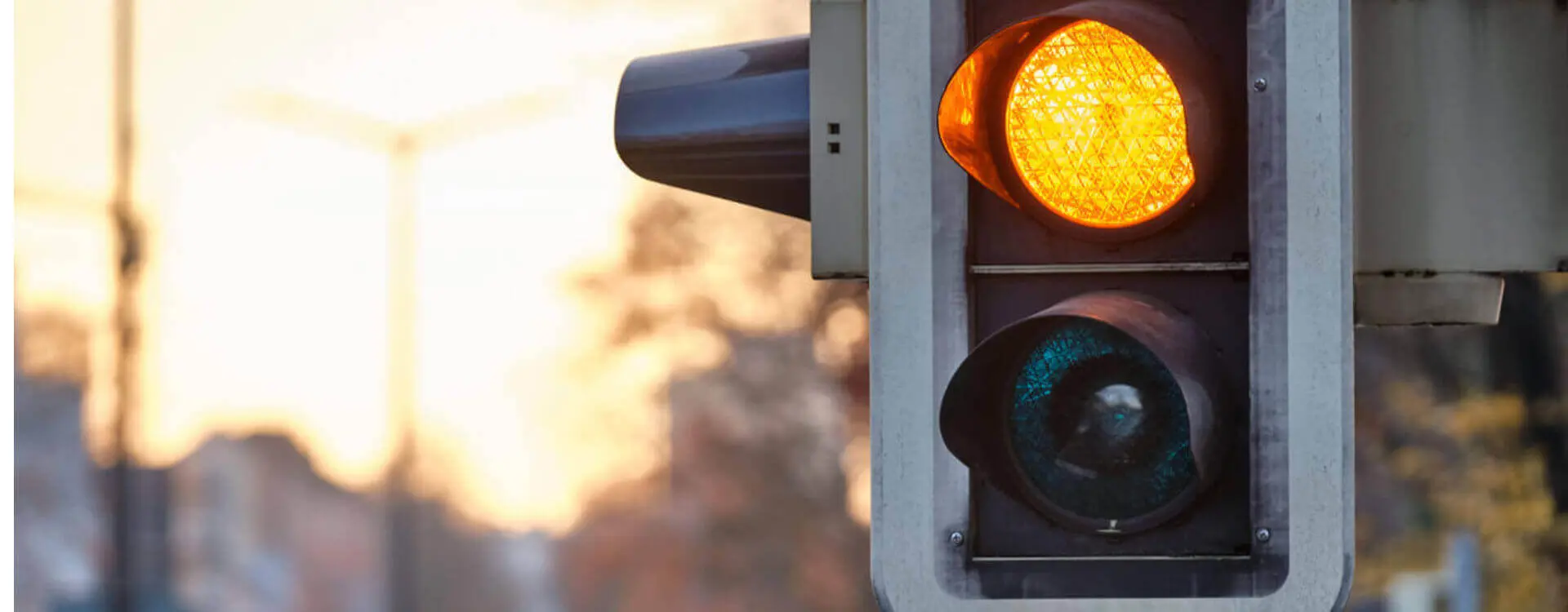When the driver of a vehicle is attempting to make a left-hand turn at a busy intersection, they will often have to wait until the traffic light turns yellow before being able to proceed safely. Unfortunately, collisions between these left-turning vehicles and vehicles that are proceeding straight through the intersection on a yellow light, are common.
Why? Think of one possible explanation this way: The left-turning driver is usually already inside the intersection, having entered on a green light, awaiting the opportunity to safely complete a left-turn. That driver is counting on the approaching driver’s expected prudence in physically noticing the vehicle mid-intersection, then slowing or stopping at the intersection as the light changes from yellow to red.
Is that enough to exonerate that left-turning driver and shift blame to the ongoing driver if a collision occurs? The approaching driver, on the other hand, is counting on the left-turning driver’s good sense to remain stationary until the approaching vehicle has cleared the intersection. The approaching driver is also counting on the left-turning driver’s knowledge that turning vehicles must generally yield the right of way to oncoming vehicles.
Despite how common these collisions are, and at least in part for the reasons noted above, it is not always clear who the at-fault party is. So how is fault determined in these situations?
Duty of drivers
Under s. 144(15) of the Highway Traffic Act (“HTA”), there is a statutory duty on drivers to stop for a yellow light only if they can do so safely; otherwise, they are permitted to proceed into the intersection with caution. However, there is also a common law and statutory duty under sections 142(1) and 141(5) of the HTA for a driver to ensure that the anticipated turn can be safely made. This means that, generally, it is the responsibility of the driver making the left-hand turn to ensure that it is safe to proceed through the intersection.
Given the requirement under s. 144(15) of the HTA, as noted above some drivers attempting to make a left-hand turn on a yellow light may assume that an approaching vehicle will stop. However, this assumption does not lessen or negate liability for left-hand turning drivers in the event of a collision.
For example, in R v Hamid, 2008 ONCJ 246, the Court found that the driver of a left-hand turning vehicle could not rely on his assumption that the approaching vehicle would stop for the yellow light as a defence, and concluded that a motorist waiting to turn left must give some allowance to the possibility that a vehicle could be entering the intersection when those vehicles are too close to the intersection to be able to make a safe stop.
Although the outcome of a given case will of course be determined based upon facts that are unique to that case, a driver making a left-hand turn will generally not be able to rely on an assumption that the other driver will stop for the yellow light. Fault for the resulting collision will likely be founding in such cases on the part of the left-turning driver.
Motor Vehicle Accident Lawyers
If you or a love one has been injured in a motor vehicle accident involving an intersection collision, Gluckstein Personal Injury Lawyers can help. Our experienced and dedicated car accident lawyers will answer your questions and assist you with the next steps in making a car accident claim. Contact us today for a free consultation.

